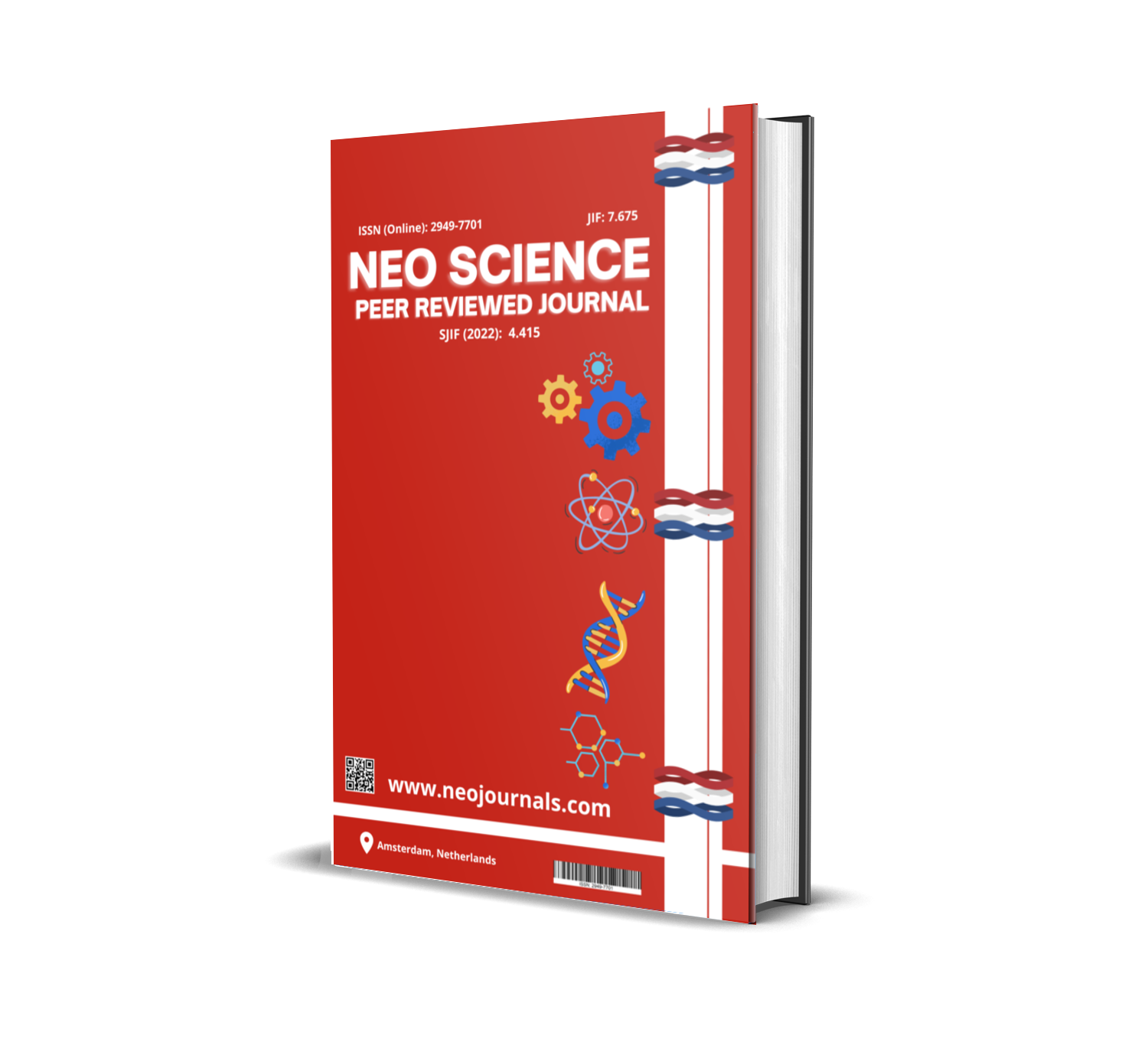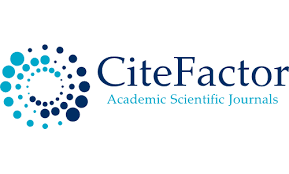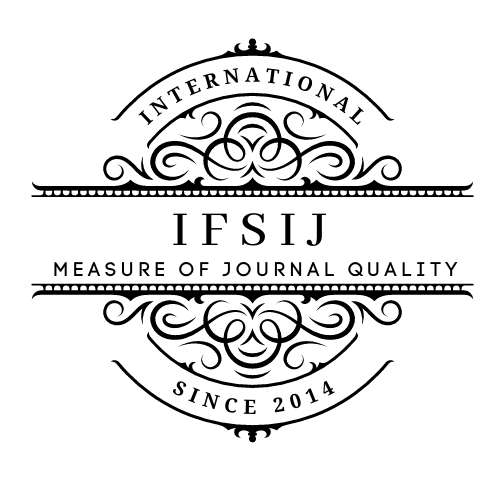THE CONCEPT OF HUMAN EMOTIONS AND THEIR FUNCTIONS AS COMPONENTS OF MODERN EDUCATION
Keywords:
Emotions, functions of emotions, junior schoolchildren, personality, individuality, activity, educationAbstract
The article reveals the various approaches that exist in science to the nature and essence of emotions, the principles and functions of emotions, the features of the manifestation of ¬emotions in younger students from the point of view of psychology and pedagogy. As a result of the study of the categories of emotion and their functions, it was concluded that within the framework of educational activity, psychological neoplasms are formed, which not only characterize the most significant achievements in the development of younger students, but also constitute the foundation that ensures the development of children at the next age stage. Each age period of the child has its own prerequisites for emotional growth. Primary school age is largely due to the willingness and ability to emotionally perceive, experience and remember. Enhanced emotional susceptibility to the actions of others and its assimilation is a special side of the personality of a younger student, which characterizes personal qualities and their development in the future. Among the age-related psychological features ¬of younger schoolchildren, motor, sensory-perceptual, intellectual-volitional, motivational and emotional activities stand out; the ability to include all these techniques in their own practical and creative activities, in communication with adults and peers, in behavior. Scientific studies show that this age period is favorable, since it is sensitive (sensual) for the formation of an emotional and aesthetic attitude to the surrounding reality.
Downloads
Published
Issue
Section
License

This work is licensed under a Creative Commons Attribution-NonCommercial 4.0 International License.







